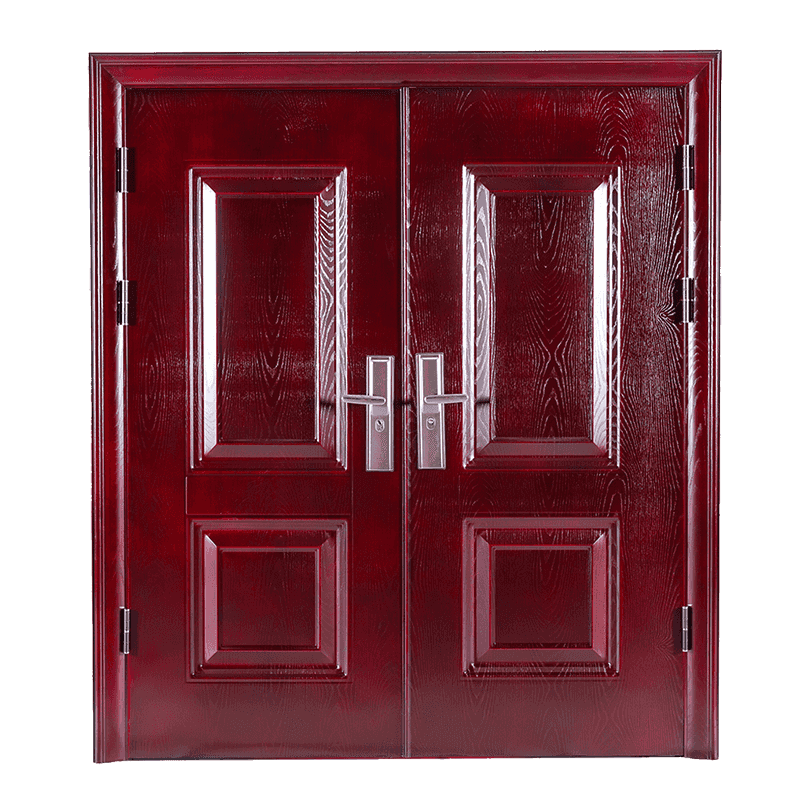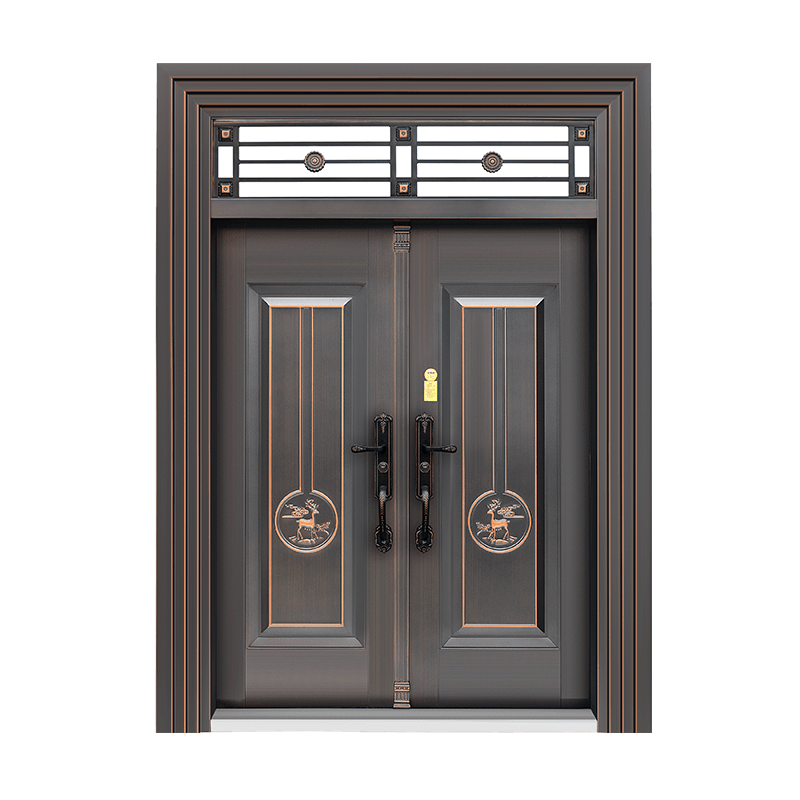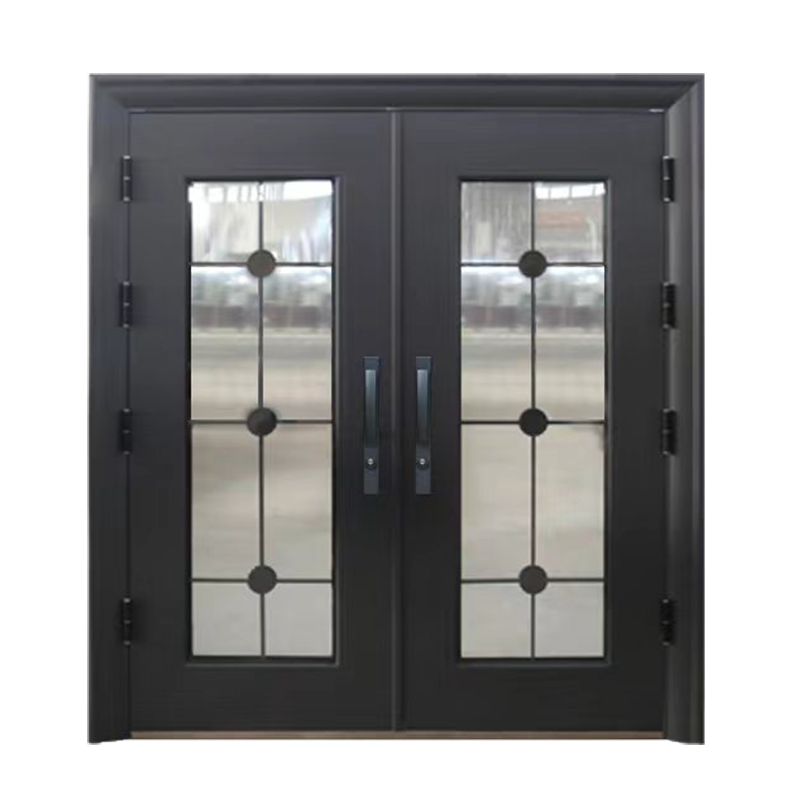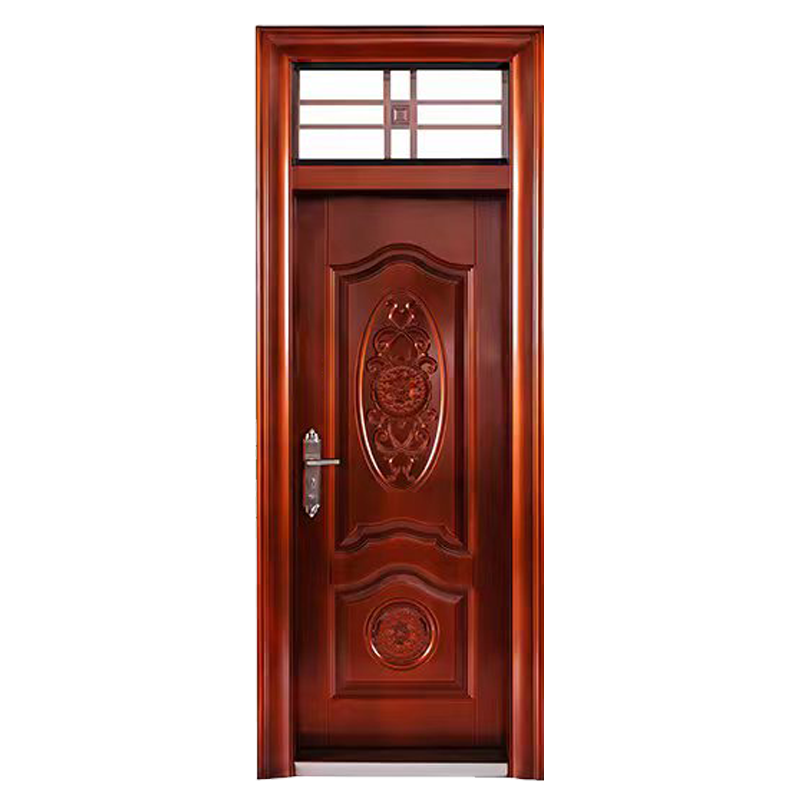Evaluating Whether Kitchen And Bathroom Steel Doors Can Resist Warping in Humid Conditions
Jun 06, 2025
Material Composition and Moisture Resistance
One of the key concerns for any door installed in a kitchen or bathroom is how well it can withstand humidity. These areas are often exposed to steam, condensation, and frequent temperature fluctuations. A Kitchen And Bathroom Steel Door is typically constructed using galvanized or stainless steel, materials known for their resistance to moisture-related deformation. Unlike wood, which can absorb water and swell or warp over time, high-quality steel remains stable even in high-humidity environments.
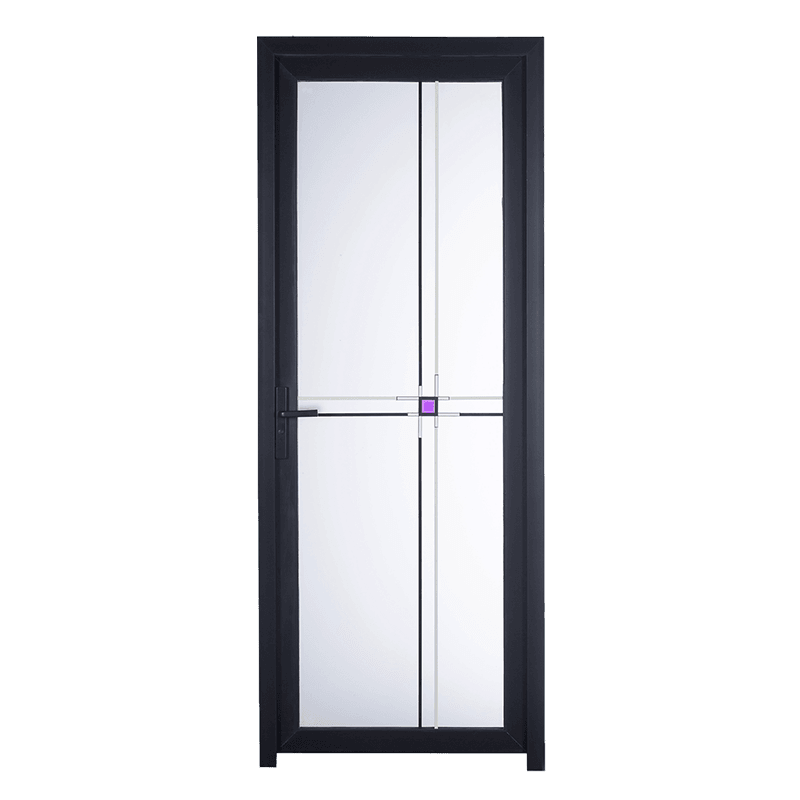
Surface Coatings and Protective Layers
The durability of a Kitchen And Bathroom Steel Door in humid conditions is also influenced by its surface treatment. Most of these doors are coated with anti-rust primers, powder coatings, or baked enamel finishes, all of which act as a protective barrier against moisture infiltration. These coatings prevent direct contact between the steel substrate and the surrounding environment, reducing the risk of corrosion and structural compromise that might otherwise cause warping or bending.
Structural Integrity in Bathroom and Kitchen Applications
Bathrooms and kitchens demand more than just visual appeal—they require doors that can maintain their shape and strength over time. A well-manufactured Kitchen And Bathroom Steel Door typically features a reinforced internal frame or honeycomb core structure that enhances rigidity. This design resists both mechanical stress and the effects of fluctuating humidity, ensuring the door maintains its original shape and function even after years of exposure.
Comparison with Other Materials
When comparing steel doors to alternatives such as wood, MDF, or PVC, steel has a clear advantage in humid conditions. Wooden doors may offer aesthetic warmth but often require frequent maintenance to avoid swelling or cracking. PVC doors can resist moisture but may degrade under high temperatures or direct sunlight. In contrast, a Kitchen And Bathroom Steel Door provides a balanced combination of water resistance, strength, and longevity, making it particularly well-suited for moisture-rich environments.
Installation and Maintenance Considerations
Proper installation also plays a crucial role in preventing deformation. Even the robust steel door can develop issues if it’s poorly installed—such as misalignment or loose framing. A correctly installed Kitchen And Bathroom Steel Door, combined with suitable weather stripping and ventilation practices, further reduces the chance of moisture accumulation that could stress the structure over time. Minimal maintenance is required, usually just routine cleaning with a damp cloth and periodic inspection of hinges and seals.
Performance Over Time
Long-term performance is a major factor for homeowners and commercial facility managers alike. A high-grade Kitchen And Bathroom Steel Door will retain its shape and functionality for many years without noticeable warping, provided it is properly maintained. Modern manufacturing techniques and quality control measures ensure dimensional stability, even under challenging environmental conditions. These advantages contribute to lower replacement rates and improved cost-effectiveness.
Conclusion
A Kitchen And Bathroom Steel Door, when constructed with moisture-resistant materials and installed properly, does not easily deform in humid environments. Its combination of steel’s natural resilience, specialized coatings, and internal reinforcements makes it a reliable choice for areas prone to moisture exposure. For users seeking durability, stability, and maintenance, this type of door offers a practical and long-lasting solution for kitchens and bathrooms alike.

 English
English 中文简体
中文简体 Français
Français Español
Español عربى
عربى
